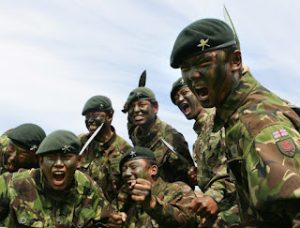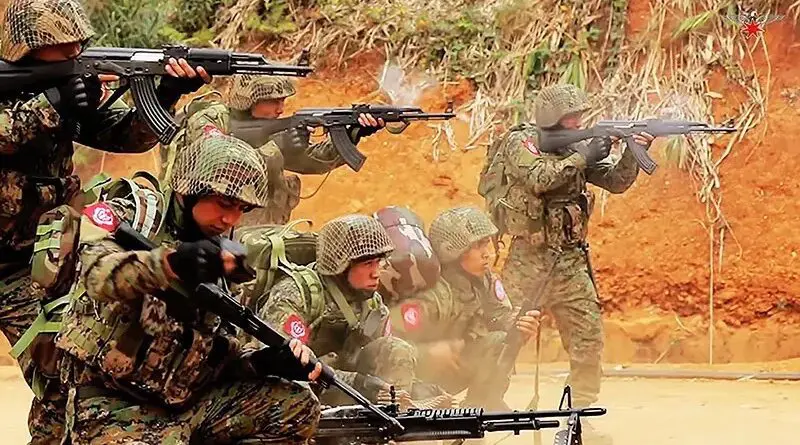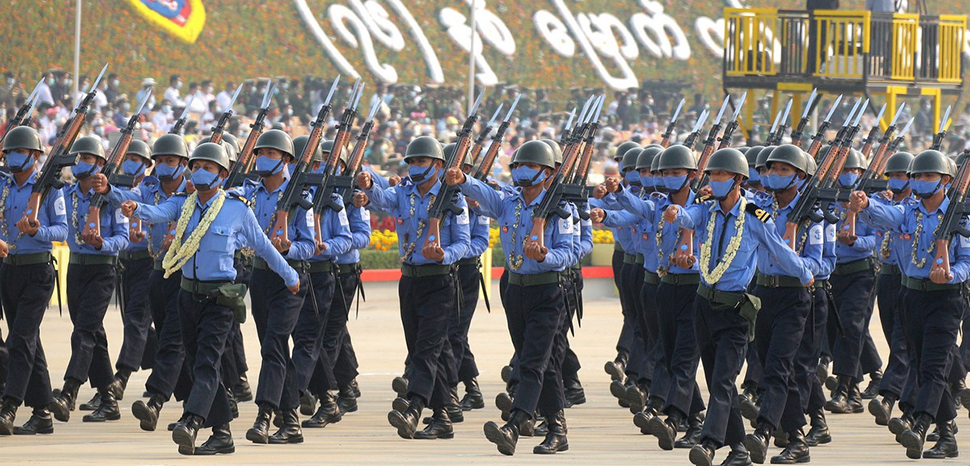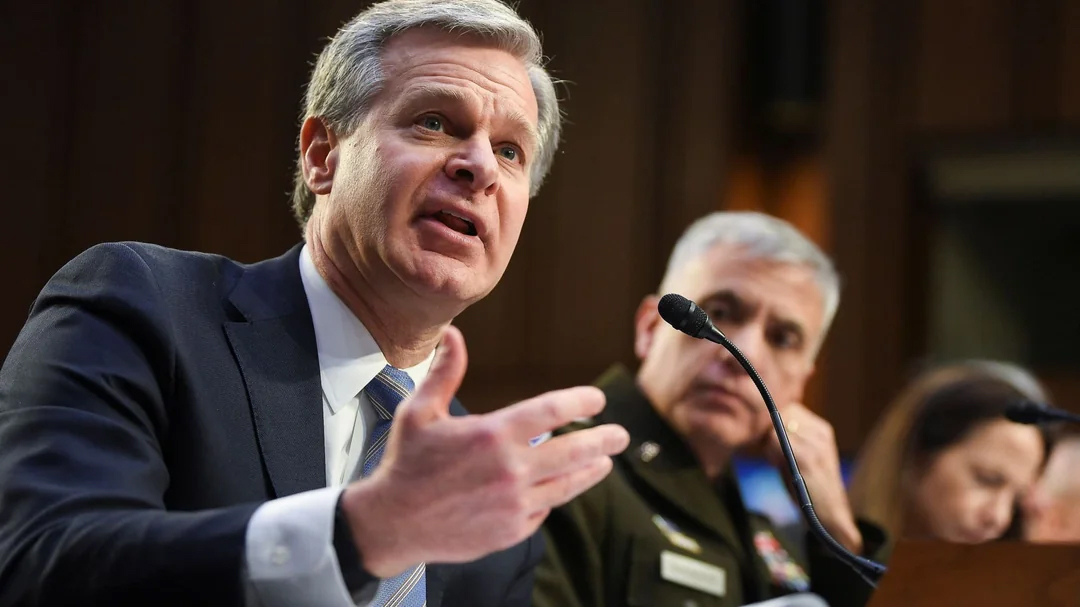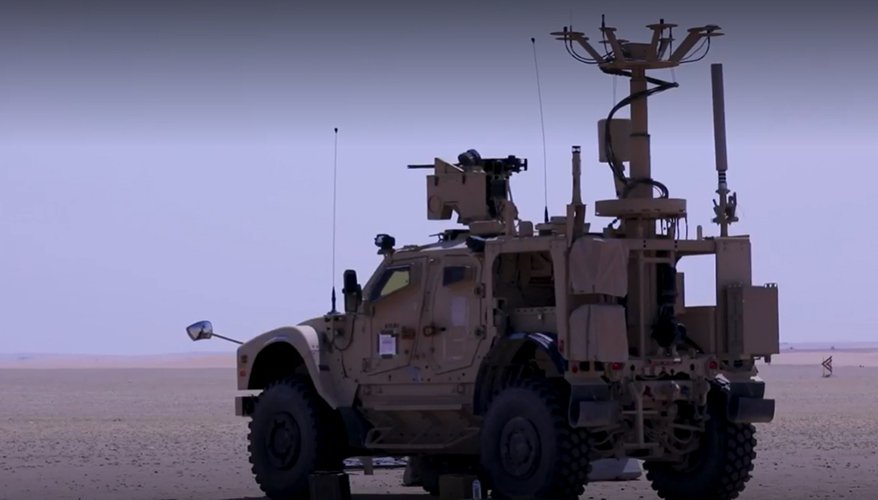Mohamad Bazzi
Benjamin Netanyahu announced his plan on Friday for postwar Gaza, revealing that Israel would maintain indefinite military control and create “buffer zones” in the territory. The Israeli prime minister is planning a military occupation, dressed up under a vague civilian administration made up of Palestinians who would be willing to collaborate, once Israel ends its devastating assault on Gaza. Netanyahu’s plan is slap in the face to Joe Biden, who has insisted for months that the US won’t accept an Israeli military occupation or attempts to seize parts of the Gaza Strip.
Since Biden announced his unconditional support for Israel after the brutal Hamas attacks on 7 October – embracing Netanyahu in a bear hug during a visit to Tel Aviv – Netanyahu has openly defied Israel’s most important ally and paid no price for it. Each week, Biden and his top aides vent at Netanyahu and his handling of the conflict, but they continue to provide US diplomatic cover and weapons shipments that allow Israel to sustain its war.
Last week, days before Netanyahu announced his postwar plan, Washington vetoed the latest UN security council resolution calling for an immediate ceasefire in Gaza. It was the third time the US has used its veto to protect Israel from a UN resolution since October – and only Britain abstained on the latest measure, while the 13 other council members supported it.
A day later, on 21 February, the US once again stood nearly alone to defend Israel’s decades-long occupation of the West Bank and East Jerusalem. A top state department official argued at the international court of justice in The Hague that Israel’s “very real security needs” must be considered before the court calls for its immediate withdrawal from occupied Palestinian territory. The UN general assembly asked the world court in 2022 to review the legality of Israeli policies in the occupied territories, and more than 50 states presented their views at the week-long hearings at The Hague. Only a handful of countries – including the US, Britain and Hungary – sided with Israel.




